2021 AB Nexus Grant Awards

Acute intermittent hypoxia in persons with spinal cord injury: studying corticospinal drive and motor adaptation
Andrew Smith (CU Anschutz; Department of Physical Medicine and Rehabilitation, Physical Therapy Program, School of Medicine)
Andrew Q Tan (CU Boulder; Department of Integrative Physiology, CU Boulder Center for Neuroscience)
New collaboration ($50,000)
Spinal cord injury (SCI) disrupts sensory and motor pathways, resulting in lifelong mobility impairments and loss of functional independence. This proposal will characterize how breathing modest bouts of low oxygen (acute intermittent hypoxia; AIH) may enhance the excitability of spared pathways to the lower limb as well as augment motor adaptation in humans with SCI.
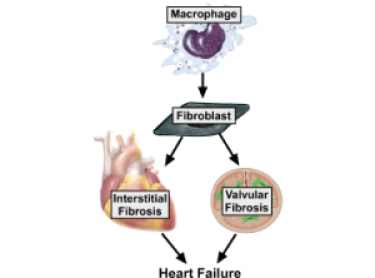
Biomaterial and small molecule targeting of macrophage BRD4 to prevent pathological cardiac fibrosis
Timothy McKinsey (CU Anschutz; Division of Cardiology, School of Medicine)
Kristi Anseth (CU Boulder; Department of Chemical and Biological Engineering and BioFrontiers Institute)
Existing collaboration ($125,000)
We aim to uncover novel mechanistic information about the pathological role of inflammatory cells on cells in the heart and the progression of cardiac fibrosis. Specifically, we will study how macrophages control fibroblast activity through cellular, biomechanical and epigenetic cues with the goal of identifying new therapeutic innovations for patients suffering from end-stage cardiac and valvular fibrotic diseases.
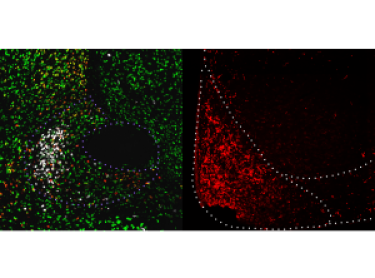
Cell-type, pathway and neurotransmitter-specific regulation of feeding circuitry
Christopher Ford (Pharmacology), CU Anschutz
David Root (Psychology and Neuroscience), CU Boulder
New collaboration (up to $50,000)
Eating-related disorders have high mortality rates and limited treatment options. In an effort to identify new neuronal targets against eating-related disorders, we will identify how stress and feeding neuronal circuits interact as well as identify if modifying these circuits reduces stress-induced anorectic behavior in mice.
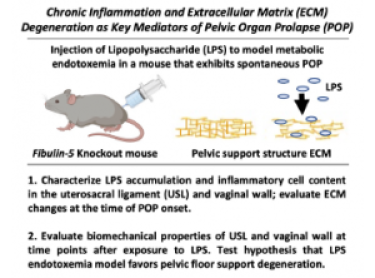
Chronic inflammation and ECM degeneration as key mediators of pelvic organ prolapse
Kathleen Connell (CU Anschutz; Obstetrics & Gynecology, School of Medicine)
Virginia Ferguson (CU Boulder; Department of Mechanical Engineering, College of Engineering and Applied Sciences)
New collaboration ($50,000)
Pelvic organ prolapse is a costly, and debilitating disorder that impacts millions of women, yet the underlying mechanisms responsible for the compromise of the pelvic support tissues are poorly understood and few animal models to study prolapse exist. We have identified evidence of inflammation and metabolic endotoxemia (ME) in pelvic support tissues from women with prolapse, and our studies in this proposal will establish an ME mouse model that will define the impact of circulating lipopolysaccharide on inflammation, extracellular matrix content and biomechanical properties of critical pelvic support structures in order to create a practical animal model to further study the effects of ME on the pelvic floor, and ultimately develop early intervention strategies to prevent pelvic organ prolapse.

Combining innovative engineered in vitro and in vivo models to determine the role of myeloid derived suppressor cells in sepsis
Richard Tobin (Medicine, Surgical Oncology), CU Anschutz
Laurel Hind (Chemical and Biological Engineering), CU Boulder
New collaboration (up to $50,000)
This overarching goal of this project is to understand how myeloid derived suppressor cells, a rare immunosuppressive cell population, function during infection to determine if they are a viable target for treating sepsis. Findings from this study could create new therapeutic avenues for the treatment of sepsis and other hard-to-treat infections.
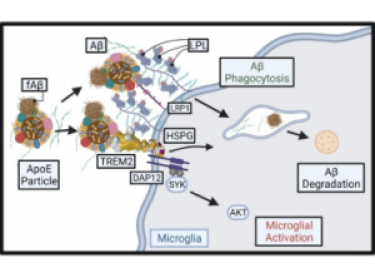
Combining simulations and experiments to determine protein/ligand-mediated microglial activation in Alzheimer's Disease
Kimberley Bruce (CU Anschutz; Division of Endocrinology, Metabolism and Diabetes, School of Medicine)
Kayla Sprenger (CU Boulder; Chemical and Biological Engineering Department)
New collaboration ($50,000)
This study aims to use a novel computational and experimental platform to unravel the molecular complexity of microglial activation, and to identify microglial phenotypes that may protect against Alzheimer's disease development and progression.
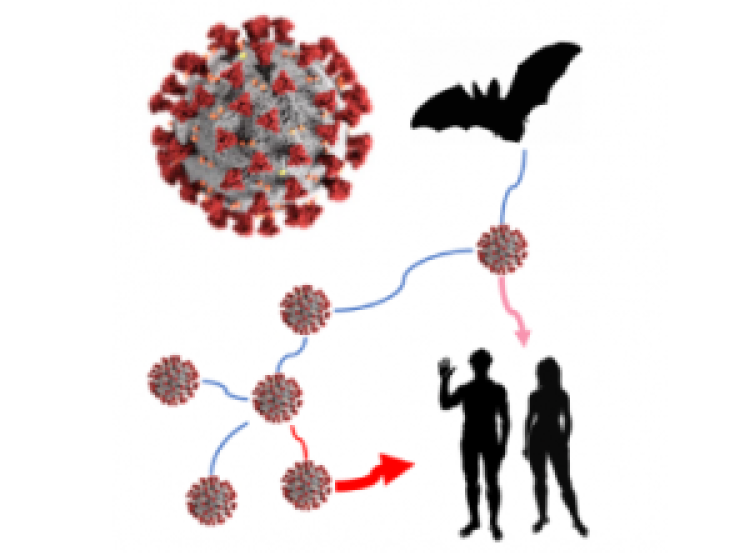
Integrated COVID genomic sampling, sequencing and variant tracking
David Pollock (CU Anschutz; Department of Biochemistry and Molecular Genetics, School of Medicine)
Ryan Layer (CU Boulder; BioFrontiers Institute, Computer Science Department)
New collaboration ($50,000)
The project aims to follow and assess risk variation associated with evolutionary change in genomic variants of SARS-CoV-2, the virus responsible for COVID-19 in humans. To do this, we will deploy fast and integrated Bayesian sequence and phylogenetic network analysis.
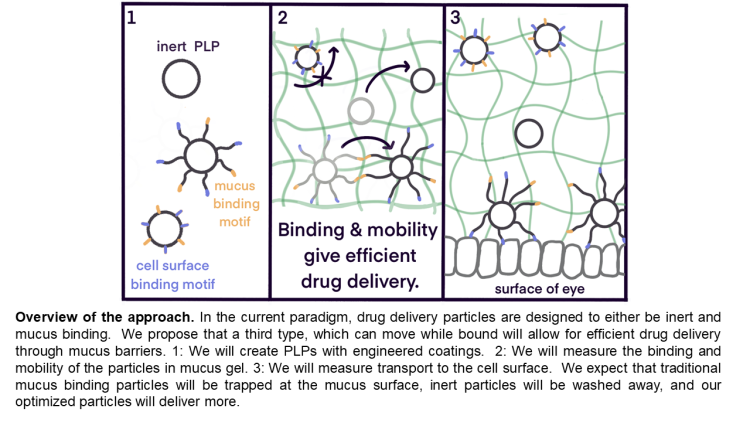
Engineered nanophages for enhanced mucosal delivery
Uday Kompella (Pharmaceutical Sciences), PhD, CU Anschutz
Loren Hough, PhD, (Physics), CU Boulder
New collaboration (up to $50,000)
Since noninvasive mucosal delivery of macromolecules is a major challenge, this project will advance engineered nanophages to overcome the mucosal epithelial barriers. The proof-of-concept will be established using eye drop based ocular delivery of a macromolecule.
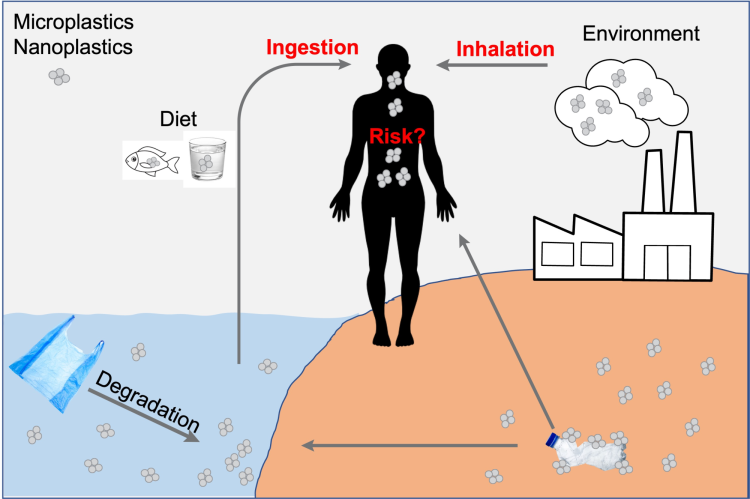
Evaluation of the composition and health risks of environmental micro- and nano-plastics
Suzhao Li (Medicine, Infectious Disease) CU Anschutz
Wei Zhang (Chemistry), CU Boulder
New collaboration (up to $50,000)
This project will help identify the chemical compositions of micro and nanoplastic particles (MNPLs) in water sources and their impacts on human health. The knowledge gained from this study will facilitate our assessment of potential environmental risks caused by MNPLs and provide guidelines on the plastic waste management, water treatment and environment protection system.
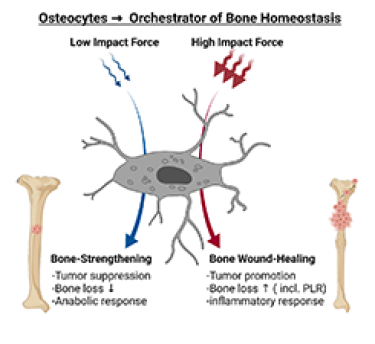
Mechanical forces in breast cancer bone metastasis
Philip Owens (Pathology), CU Anschutz
Maureen Lynch (Mechanical Engineering), CU Boulder
Existing collaboration (up to $125,000)
The objective of this proposal is to test the hypothesis that osteocytes, the principal mechanosensory cells in bone, control whether physical forces on the skeleton result in a bone-strengthening/tumor suppressive remodeling program or a wound-healing/tumor promoting remodeling program.

Molecular targeting phase-change ultrasound contrast agents for early diagnosis and guided treatment of Type 1 diabetes
Richard KP Benninger (CU Anschutz; Department of Bioengineering and Department of Pediatrics)
Mark A Borden (CU Boulder; Department of Mechanical Engineering)
Existing collaboration ($125,000)
Type1 diabetes follows the immune-mediated destruction of insulin-producing beta cells, requiring life-long insulin therapy and increasing the risk of diabetic complications. We will develop novel molecularly-targeted phase-change ultrasound contrast agents to track the progression of insulitis and guide therapeutic treatments to prevent type 1 diabetes.
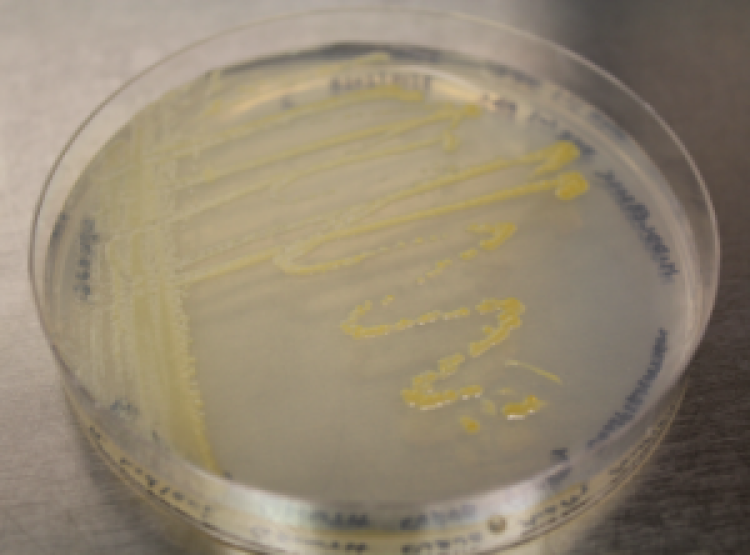
Predicting the environmental distributions and pathogenicity of nontuberculous mycobacteria, an emerging group of bacterial pathogens
Michael Strong (CU Anschutz; Division of Infectious Diseases, School of Medicine, and National Jewish Health)
Noah Fierer (CU Boulder; Department of Ecology and Evolutionary Biology, Cooperative Institute for Research in Environmental Sciences)
New collaboration ($50,000)
Nontuberculous mycobacteria (NTMs) are a diverse group of bacteria with some members of this group capable of causing environmentally acquired pulmonary disease, an emerging public health problem in the U.S. We seek to understand why NTMs vary in their pathogenicity and which particular environments are most likely to harbor pathogenic NTMs.
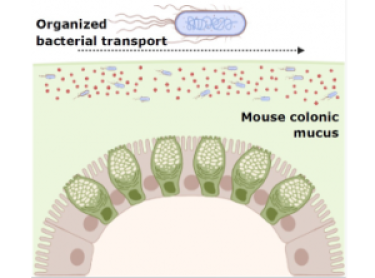
Swimming through mucus: Anisotropy and other obstacles for bacteria
Christopher M Evans (CU Anschutz; Division of Pulmonary Sciences and Critical Care Medicine)
Nuris Figueroa (CU Boulder; Department of Physics, College of Arts and Sciences)
New collaboration ($50,000)
This study focuses on physical properties of mouse colonic mucus that control bacterial trajectories, and how mucus composition determines those properties. It has to potential to identify causes for chronic penetration of commensal bacteria through mucus in the digestive tract, which is relevant in diseases characterized by changes in the intestinal microbiome, and could lead to new avenues for treatments that will target mechanical properties of mucus.
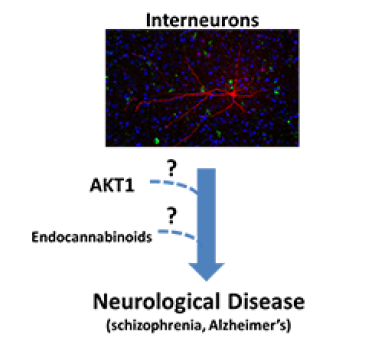
Understanding AKT1 function regulating interneuronal activity involved in E/I balance
Molly Huntsman (Pharmaceutical Sciences), CU Anschutz
Charles Hoeffer (Integrative Physiology), CU Boulder
Existing collaboration (up to $125,000)
Our work will provide information about how one kind of cell in the brain, the interneuron, functions in the context of AKT1 mutation, a gene linked to neurological disorders. These studies will facilitate potential therapeutic avenues by determining if approved drugs for other diseases can be used for psychiatric treatment.

Universal autism screening program in audiology clinics
Deborah Mood (Pediatrics), CU Anschutz
Angela Bonino (Speech, Language, and Hearing Sciences), CU Boulder
New collaboration (up to $50,000)
This project brings together interdisciplinary experts from audiology, developmental psychology, and statistics to reduce the delay in the diagnosis of autism spectrum disorder through the development of a screening program in audiology clinics.

